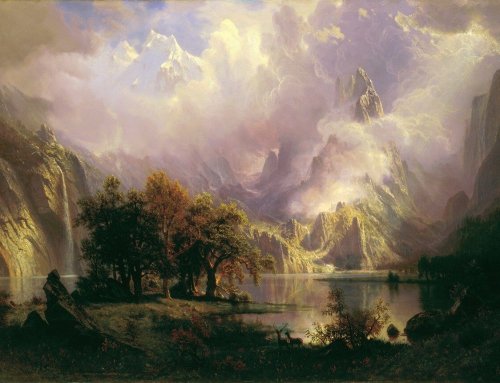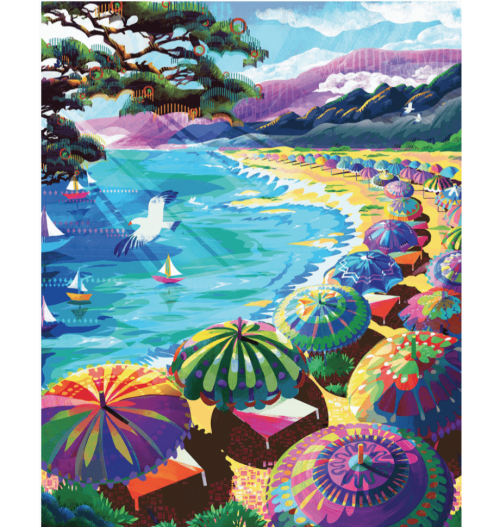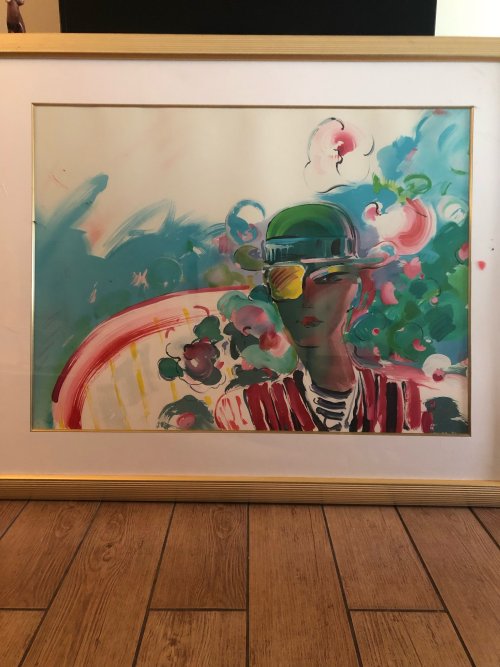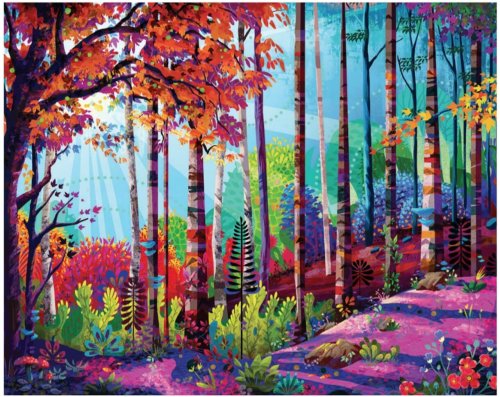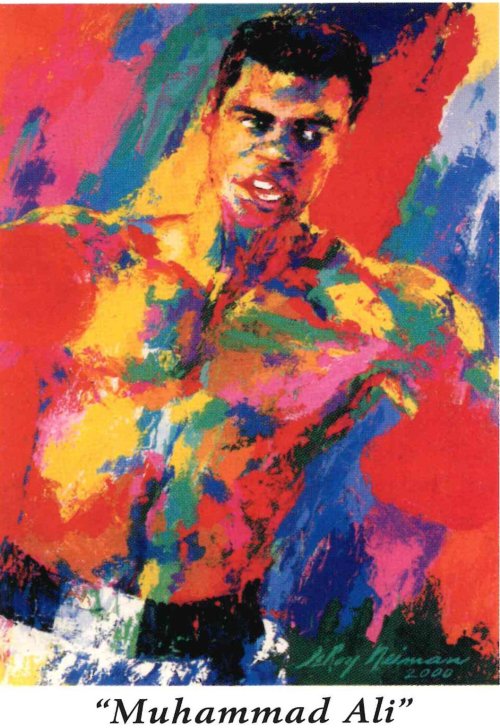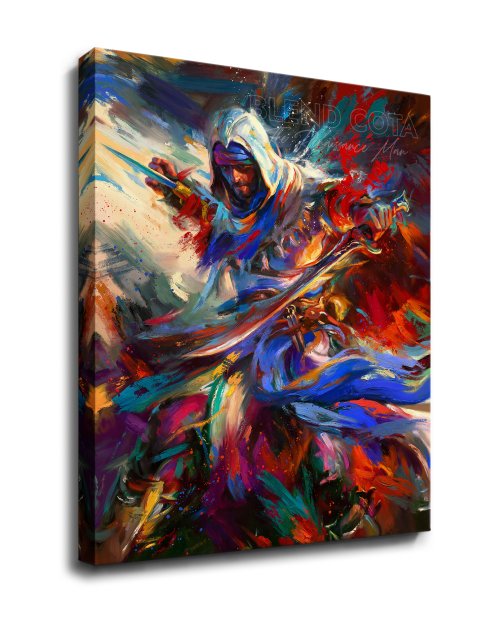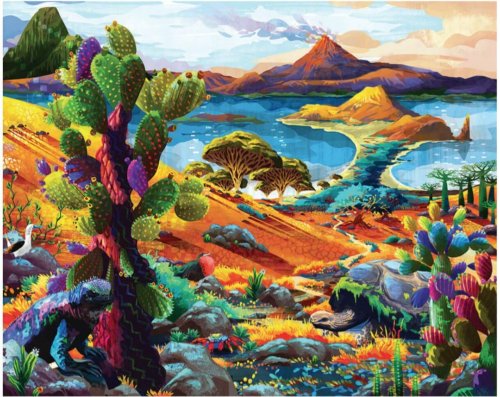While many of the most famous art movements focus on the past, contemporary art focuses on the present. So, what is contemporary art? In simple terms, contemporary art is the art of today. It’s produced by living artists, so it reflects current perspectives on society, making it possible to explore a variety of themes. For example, many artists use contemporary artworks to examine what it means to belong to a specific community or culture.
Now that you know what contemporary art is, keep reading to learn more about the movement, including how it differs from modern art and what types of contemporary artwork you can find in museums and galleries worldwide.
When did Contemporary Art Begin?
Although some people use the terms contemporary art and modern art interchangeably, they refer to two distinctive art movements. The contemporary art movement didn’t begin until the 1970s, well after Pop Art and other modern art styles started to fade in popularity. In contrast, the modern art movement lasted from the 1860s to the 1970s. Therefore, the main difference between modern and contemporary art is the time period.
Another important difference for most art historians is that contemporary art focuses on social, political and cultural issues. On the other hand, modern art movements were more interested in creating art as a form of self-expression. Finally, contemporary art includes a much more comprehensive range of media, such as video art, photography, digital art and performance art. Conversely, modern art is confined chiefly to paintings on canvases.
Types of Contemporary Artwork
Advances in technology have made it much easier to create contemporary art. Rather than limiting themselves to painting, contemporary artists use the following materials and methods:
- Painting
- Sculpture
- Photography
- Video
- Collage
- Performance
- Installation art
- Printmaking
- Drawing
Popular Contemporary Art Movements
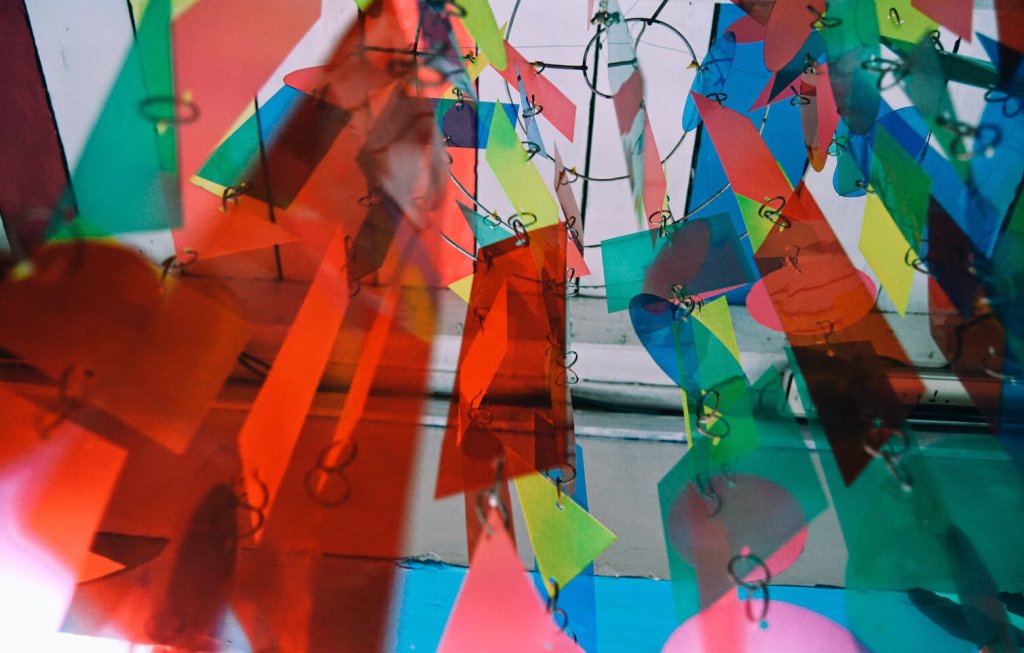
Contemporary art includes several movements. Each movement has a specific philosophy to separate it from the other movements in the contemporary art category.
Conceptual Art
Conceptualism is an art movement that considers the artist’s idea more important than its execution. This movement arose during the 1960s and started to fade out in the 1970s, but it produced many famous works of art. Conceptual artists were dedicated to presenting a specific idea, so they spent many hours planning how to express it with whatever materials they had available. In fact, the planning process was almost more important than the process of creating the art itself.
Photorealism
In the art world, photorealism is the practice of studying a photo and then making a realistic reproduction using ink, paint or another medium. This art form requires a great deal of technical precision, as the artist must be able to use a camera to gather information, transfer that information to their canvas and make the resulting artwork look as realistic as possible.
Performance Art
Instead of painting, drawing or producing some other type of artwork, performance artists use their bodies to engage with the space around them. This type of art uses movement as a form of commentary, allowing artists to communicate a specific message to observers.
Minimalism
Minimalism is a type of abstract art developed in the late 1950s that allows artists to create their own reality. Minimalist works are much different from works created in other styles, as they don’t reflect the real world. Rather than painting the trees in a park or the people around them, minimalists experiment with lines, shapes and colors to create entirely new realities.
Street Art
Like graffiti, street art is art created in public places. The main difference between the two is that street art uses a much broader range of materials and methods than graffiti. Because of its public nature, this type of art has the power to bring communities together and help people celebrate their cultures.
Land Art
Land art, also known as earth art, is precisely what it sounds like: art created from the land itself. Artists in this movement use dirt, rocks, twigs and other natural elements to create works of art.
Installations
Installation artworks take up a large amount of space, making it possible to view them from many angles or vantage points. Some installations are interactive, but others are made from such fragile materials that audience members must keep their distance. Installation artists aim to deliver an intense experience for every audience member.
Notable Contemporary Artists
Since the contemporary art movement started in the 1970s, many artists have used this type of art to make their mark on the world. These are some of the most notable:
- Marina Abramovic: This Serbian-American performance artist is known for putting herself in dangerous situations to explore the limits of the human body.
- Yayoi Kusama: One of the most famous women artists of all time, Kusama uses bold colors and polka dots to create whimsical artworks.
- Jean-Michel Basquiat: This contemporary artist helped pioneer the street art movement by bringing graffiti indoors.
- Ai Weiwei: As an activist, Weiwei uses multiple materials and methods to explore the social history of China and examine how the Chinese identity fits into modern society.
- Takashi Murakami: With his work, Murakami examines the intersection of Eastern and Western cultures. He uses bright colors to create cheerful scenes.
Newport Brushstrokes Fine Art offers reproductions of famous paintings and original artworks by up-and-coming contemporary artists. So whether you’re interested in Grande Odalisque by Jean Auguste Dominique Ingres or looking for something more abstract, we can help you find the right piece of art for your home or office.



